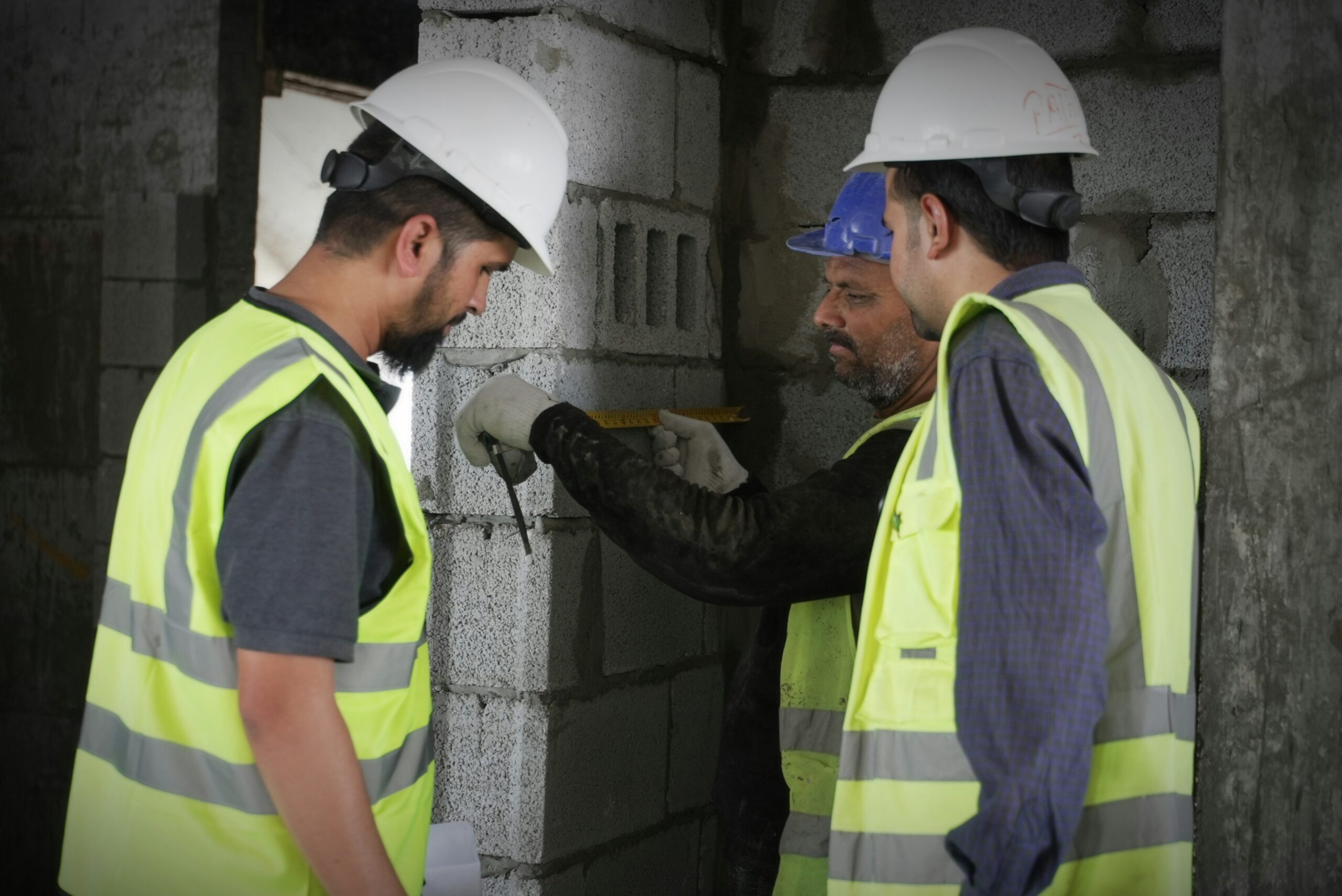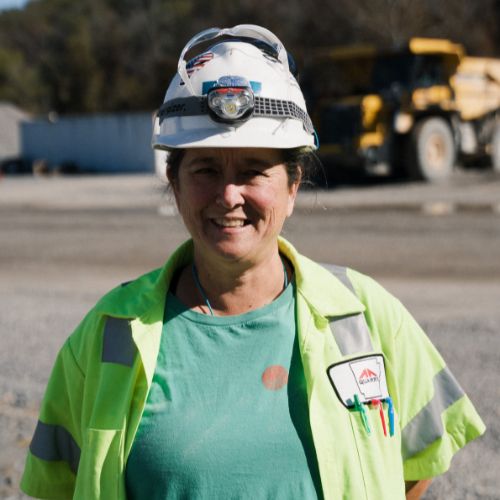Ensuring Structural Integrity During Construction
Structural integrity is one of the most critical aspects of any construction project. It ensures that a building or structure is safe, secure, and capable of withstanding various loads and stresses throughout its lifespan. Achieving structural integrity involves meticulously planning, precise execution, and adherence to strict engineering standards and building codes. This process starts with understanding load-bearing capabilities, using high-quality materials, and ensuring proper construction techniques are followed. Failing to prioritize structural integrity can lead to devastating consequences, including building collapse, significant financial losses, and endangerment of human lives. So, how can construction companies ensure that every project stands the test of time? Here’s a detailed breakdown of the essential steps and practices.
1. Detailed Engineering and Design
The foundation of structural integrity lies in thorough engineering and design. This phase involves:
- Load Calculations: Engineers must carefully calculate loads, including dead loads (the weight of the structure itself), live loads (occupants, furniture, and movable items), and environmental loads (wind, snow, and seismic activity).
- Material Selection: Choosing the right materials, such as high-grade concrete and structural steel, is crucial. Materials must be selected based on the project’s requirements and environmental factors.
- Building Codes and Standards: Adhering to local and international building codes ensures the structure can handle expected stresses and forces.
2. Quality of Materials
Using top-quality materials is non-negotiable when aiming for structural integrity. Poor-quality materials can degrade over time, leading to structural weakness and failure. Key considerations include:
- Concrete Strength: Concrete must have the specified compressive strength and durability.
- Steel Quality: Structural steel must be free from defects and have the required tensile strength.
- Material Testing: Routine material testing should be performed to confirm quality and compliance with engineering specifications.
3. Proper Construction Techniques
Even the best design and materials can’t ensure structural integrity if poor construction practices are used. Essential practices include:
- Foundation Construction: The foundation must be properly laid and cured to support the entire structure. This step often includes soil compaction and the use of reinforcements.
- Reinforcement Placement: Rebar (reinforcing steel bars) must be correctly positioned and securely tied to enhance concrete’s strength.
- Curing Processes: Proper curing of concrete is vital to achieve maximum strength and prevent cracking.
4. Continuous Monitoring and Inspections
Regular monitoring and inspections throughout the construction process help catch issues early. This includes:
- Daily Site Inspections: Supervisors should check for adherence to plans, proper material usage, and safety measures.
- Structural Testing: Load tests, compression tests, and non-destructive testing methods can confirm the structure’s strength and stability.
- Documenting Progress: Keeping detailed records of each construction phase ensures accountability and can be valuable for future reference.
5. Adapting to Environmental Factors
Environmental conditions must always be considered when planning and executing a construction project. Key environmental considerations include:
- Soil Conditions: The soil type impacts foundation design. For instance, clay soil may require deeper or reinforced foundations to prevent shifting.
- Weather: Extreme temperatures, heavy rainfall, or seismic activity must be factored into construction timelines and building methods.
- Erosion Control: Measures such as retaining walls and proper drainage systems can prevent soil erosion and maintain structural stability.
6. Using Advanced Technology
Modern technology has revolutionized how structural integrity is maintained. Examples include:
- Building Information Modeling (BIM): BIM allows teams to visualize the structure, analyze stresses, and predict how materials will perform over time.
- Drones and Sensors: These tools can monitor construction progress and detect potential structural issues early.

Join a fast-growing industry where hard work pays off

I can say that working at Redstone has made a positive impact on my life by giving me a sense of responsibility and trust. I'd recommend others to apply because they'll have the opportunity to learn, grow, and expand their skill sets!
Bert Houston, Heavy Equipment Washer

I was an on-road truck driver, but decided to get off the road so I could be home and I chose Redstone. I started in the transportation dept and have moved to the AA quarry driving haul trucks, water trucks, and trying different things. It's been rewarding and I've enjoyed my time here!
Jerilyn, Water Truck Driver

Being on the RedStone team is different because of the way everybody works together and there is no job too big or small. It feels like a family environment.
Craig, Base Superintendent

Working at Redstone has helped me grow as a mechanic. We value flexibility here and I’ve been able to learn new skills and work on a variety of different tasks - plus the hours are great.
Armando Torres, Small Engine Mechanic
Contact Us Today
Ensuring structural integrity during construction is a multifaceted process that requires attention to detail, proper planning, and adherence to stringent quality standards. From load calculations to high-quality materials and expert construction techniques, every step is crucial in creating a safe and long-lasting structure. At Redstone Construction Group, we take pride in our commitment to structural integrity. If you’re looking for reliable construction services with a focus on quality and safety, contact us at (501) 374-1557 or via email at info@redstone-cg.com.

